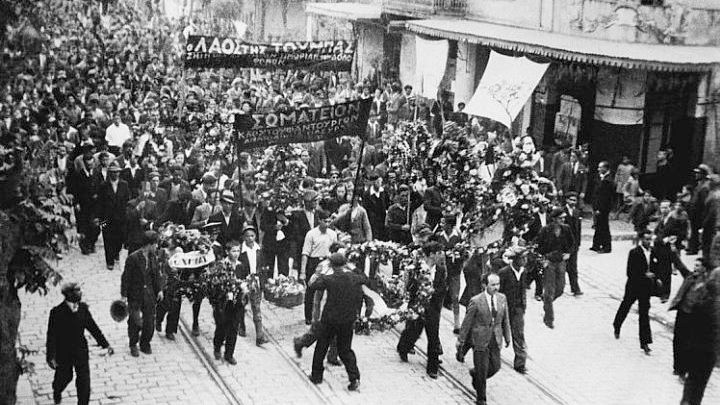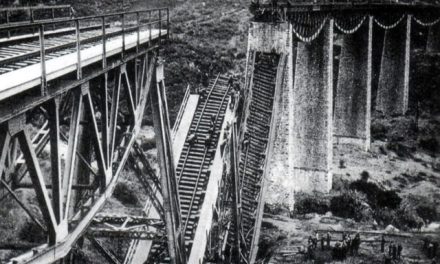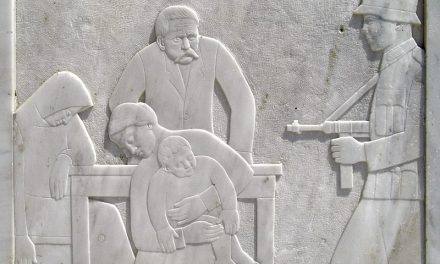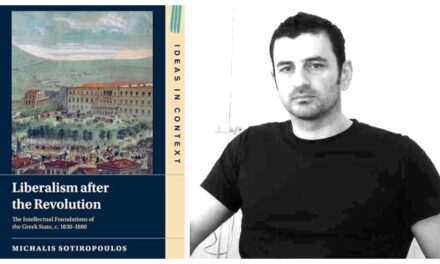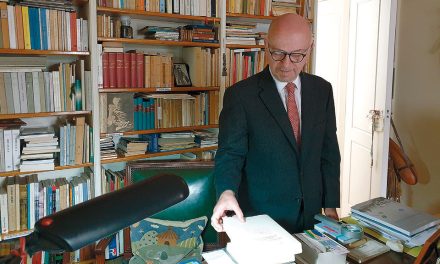May Day marks the worldwide celebration of International Workers’ Day, or Labour Day. The date was chosen to commemorate the Haymarket riot, which took place in Chicago on 4 May 1886; it was formally recognised as an annual event at the Second International’s second congress in 1891. In Greece, the first Labour Day demonstration was held in 1893, in Athens, at the initiative of the Central Socialist Society of Stavros Kallergis.
Stavros Kallergis was one of the socialist movement’s pioneers in Greece; he had founded the Central Socialist Society in 1890 and, in the same year, had launched the newspaper Socialist. In 1891, along with a few of his close companions, he took a symbolic photograph to commemorate Workers’ Day, while the next year he organised a rather small gathering of protesters.
On 1893, the Central Socialist Society called on workers to have a massive demonstration at the Panathenaic Stadium, in the centre of Athens. May 1st fell on a Saturday -then a working day- so Sunday 2 May was chosen instead. Writing about that first worker’s gathering, the Socialist put the crowd at 2,000, while other sources provided lower estimates.
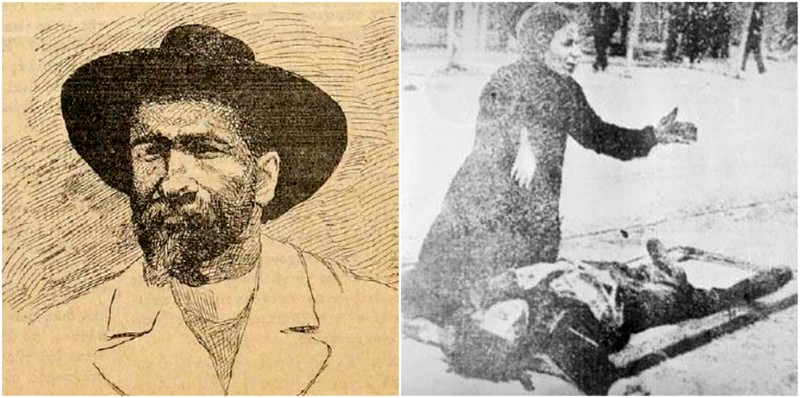 Left: Stavros Kallergis Right: A dead demonstrator and his grieving mother in 1936’s riots (Wikimedia commons)
Left: Stavros Kallergis Right: A dead demonstrator and his grieving mother in 1936’s riots (Wikimedia commons)
Kallergis addressed the crowd and read out a resolution signed by around 500 people, listing their demands for Sunday rest, 8-hour workdays and pensions for those suffering from work-related disabilities. Several months later, the resolution was submitted to the Hellenic Parliament but the Speaker was reluctant to read it, prompting Kallergis’ loud protest and eventual arrest and sentence to ten days in jail.
Labour Day was once more celebrated the following year; this time, the Central Socialist Society cooperated with the Workers League of Greece, founded by Platon Drakoulis, who addressed the gathering together with Kallergis. This time, ten people were arrested at the demonstration, including Kallergis. He was acquitted at trial but then decided to flee Greece for France. This was the last time the date was honoured in Greece in the 19th century.
In 1 May 1909, a demonstration by Greek, Turkish and Bulgarian workers took place in Thessaloniki (then under Ottoman rule), while in 1919 the General Confederation of Greek Workers (founded the previous year) called for a nationwide general strike, demanding wage indexation, 8-hour workdays and social security. Demonstrations in Athens and Piraeus were massive, despite having been forbidden by the government. 1924 sees the first death at a Labour Day manifestation, organised by the Labour Centre of Athens. A worker was killed and many were injured during the police’s violent response.
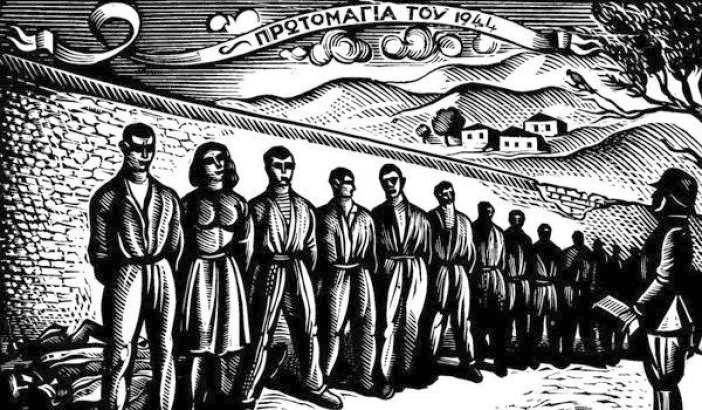 1st of May 1944 by Tassos
1st of May 1944 by Tassos
The bloodiest protest took place in Thessaloniki in 1936. On 29 April, thousands of tobacco workers went on strike, giving rise to multiple demonstrations throughout northern Greece, from 1 to 8 May. A general strike was called in the city of Thessaloniki on 9 May, with massive demonstrations and riots by tobacco and other workers. In the ensuing battle with the police, more than a dozen demonstrators were killed and hundreds injured. The riots came to a close on 14 May, after tobacco industrialists made important concessions and the government agreed to compensate the victims’ families. The photo of a mother mourning over her son’s dead body, published by the newspaper, famously inspired Yiannis Ritsos’ Epitaphios (The Epitaph).
In 1942 and 1943, under German occupation, and despite the bans by the occupant forces Authorities, some demonstrations take place on Labour Day, in Athens and Pireaus. May Day 1944 coincides with one of the Nazi occupation’s most tragic events: Two hundred Greek communists were executed at the firing range of the Athens suburb of Kaisariani as reprisal for the killing of a German general and his escorts by Greek Resistance forces.
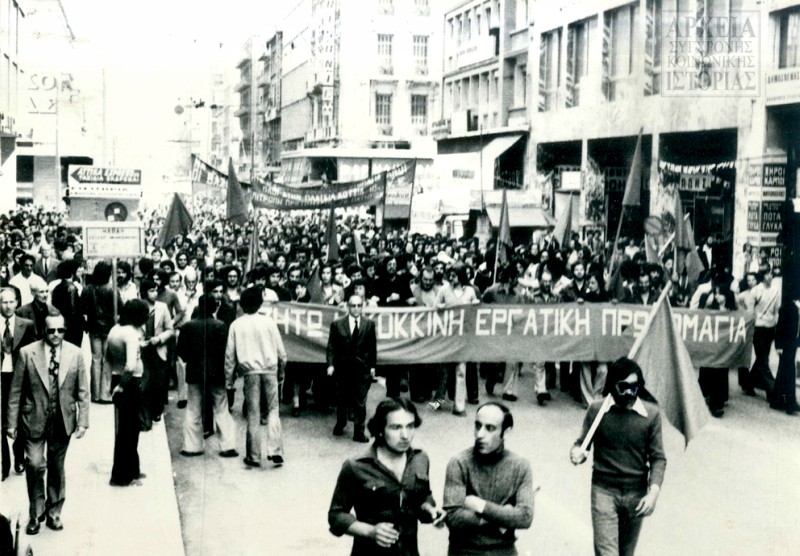 Athens, May Day 1977, Labour Day demonstrations ©ASKI/Metapolitefsi.com
Athens, May Day 1977, Labour Day demonstrations ©ASKI/Metapolitefsi.com
In 1945, Labour Day was celebrated on 10 May at the Panathenaic Stadium. It was the first massive public gathering since the occupation, bringing together tens of thousands of demonstrators. In the years that follow, Labour Day events usually take place indoors and face a number of restrictions by the state. Open demonstrations take place in 1960 and 1963, while in 1967 the Greek military Junta forbids such manifestations. In 1975, after the end of the dictatorship, Labour Day is celebrated in a massive gathering. The date is openly honoured every year since.
N.M.
Read also via Greek News Agenda: 12 October 1944 – Free Athens: Interview with historian Yannis Skalidakis; Military Dictatorship (1967-1974) in retrospect: New historical approaches; Historian Stathis Pavlopoulos on “Metapolitefsi.com” platform by ASKI

